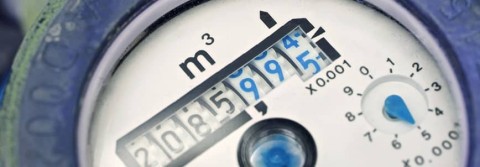In 2017, about 39% of total U.S. Energy Consumption was consumed by the residential and commercial sectors. In a commercial building, HVAC equipment (i.e., chillers, boilers, cooling towers, etc.) and lighting are the biggest targets for energy savings, but the capital costs for improving these may be prohibitive. There are many opportunities for energy savings and building performance improvements with other systems in commercial buildings.
Pumps are used in a variety of applications in commercial buildings, and 90% of them work inefficiently. There are three main reasons for pump inefficiency: pump type, size and controls. The proper combination of pump type, size and control will ensure the best system performance and lowest energy costs. Unfortunately, most pumps installed today are either improperly applied or sized and use outdated controls.
Domestic Water Pressure Boosting Pump Systems are required any time the city water pressure is too low to deliver water to a commercial building. Mid- to high-rise buildings almost always have pressure-boosting systems, and many single-story restaurants and medical facilities require high water pressure for special applications. In our experience, these systems usually suffer in all areas of inefficiency. Most are designed using fixture unit counts and maximum flow demands without looking at diversity factors and partial-usage loads. These calculations cause pumps to be oversized and incapable of performing well under partial-load conditions, which accounts for 90% or more of the total operation.



